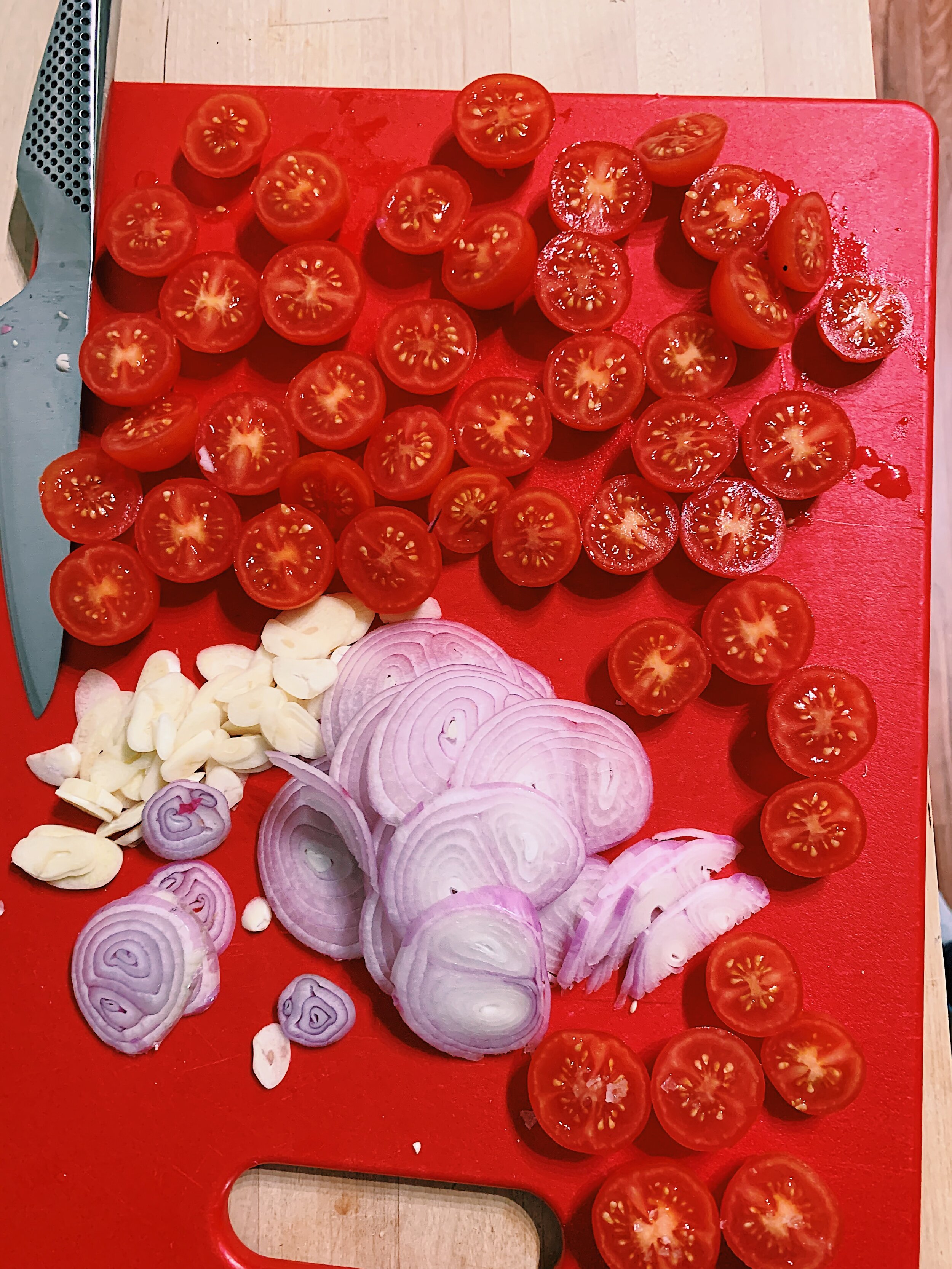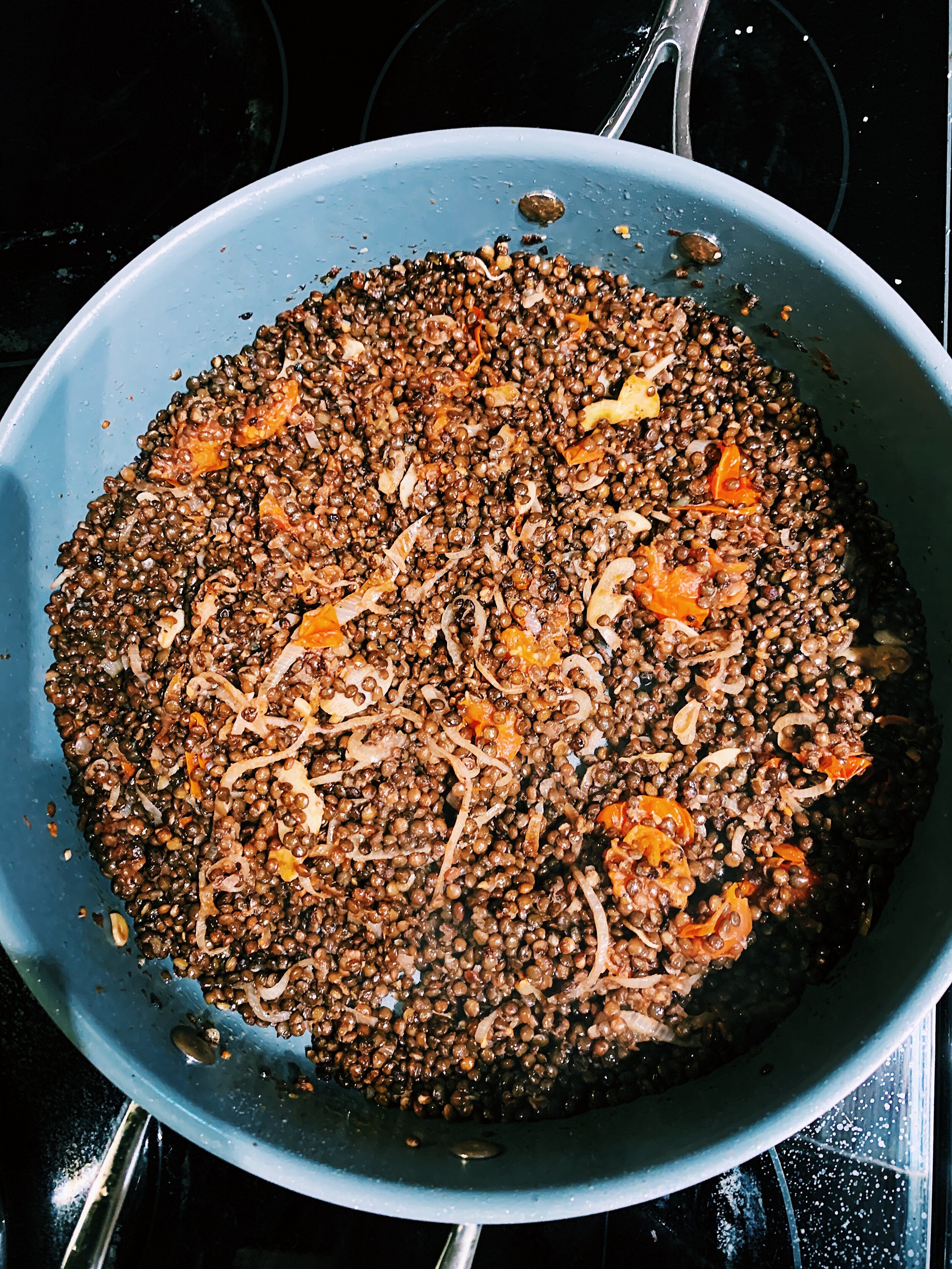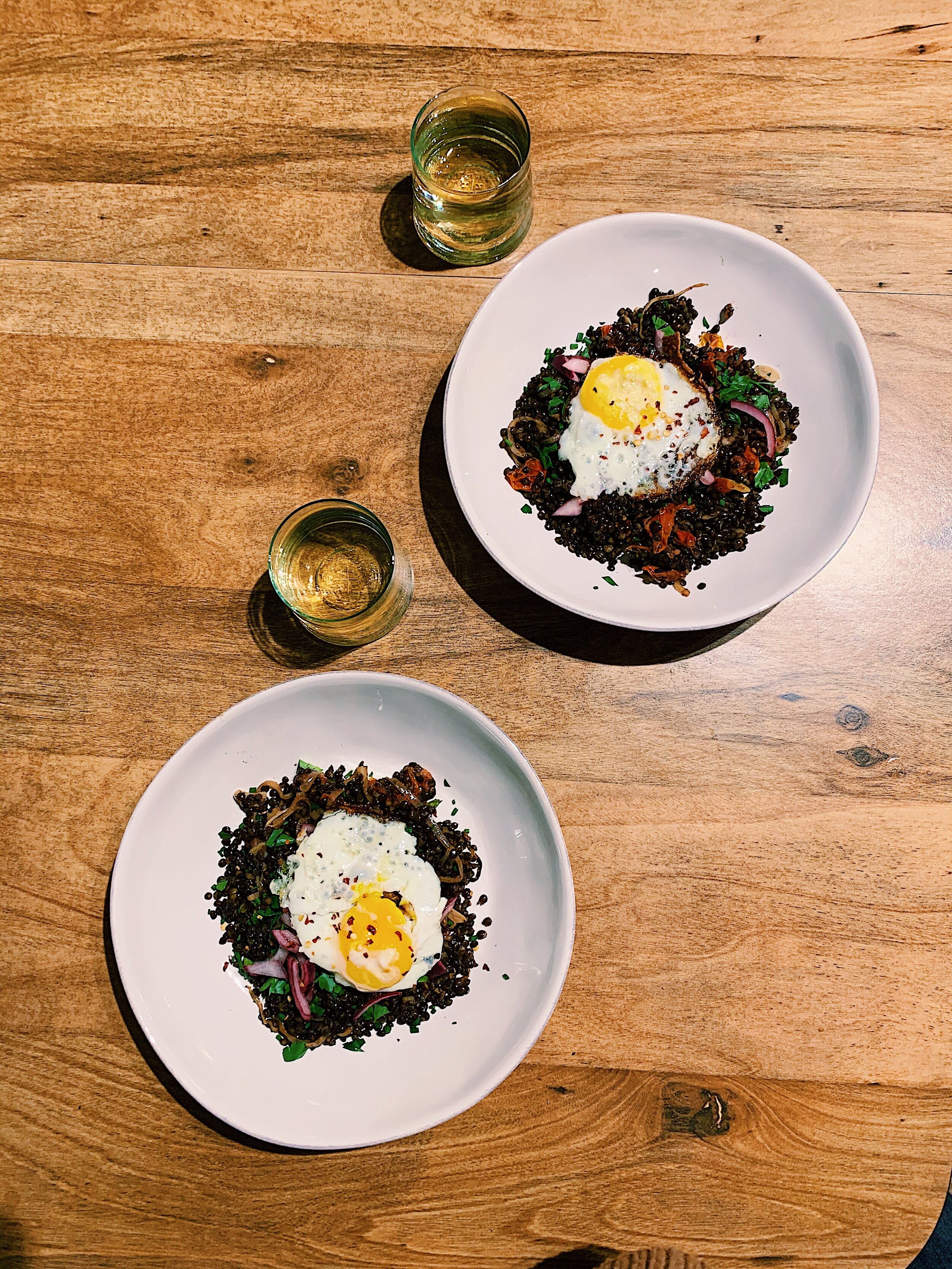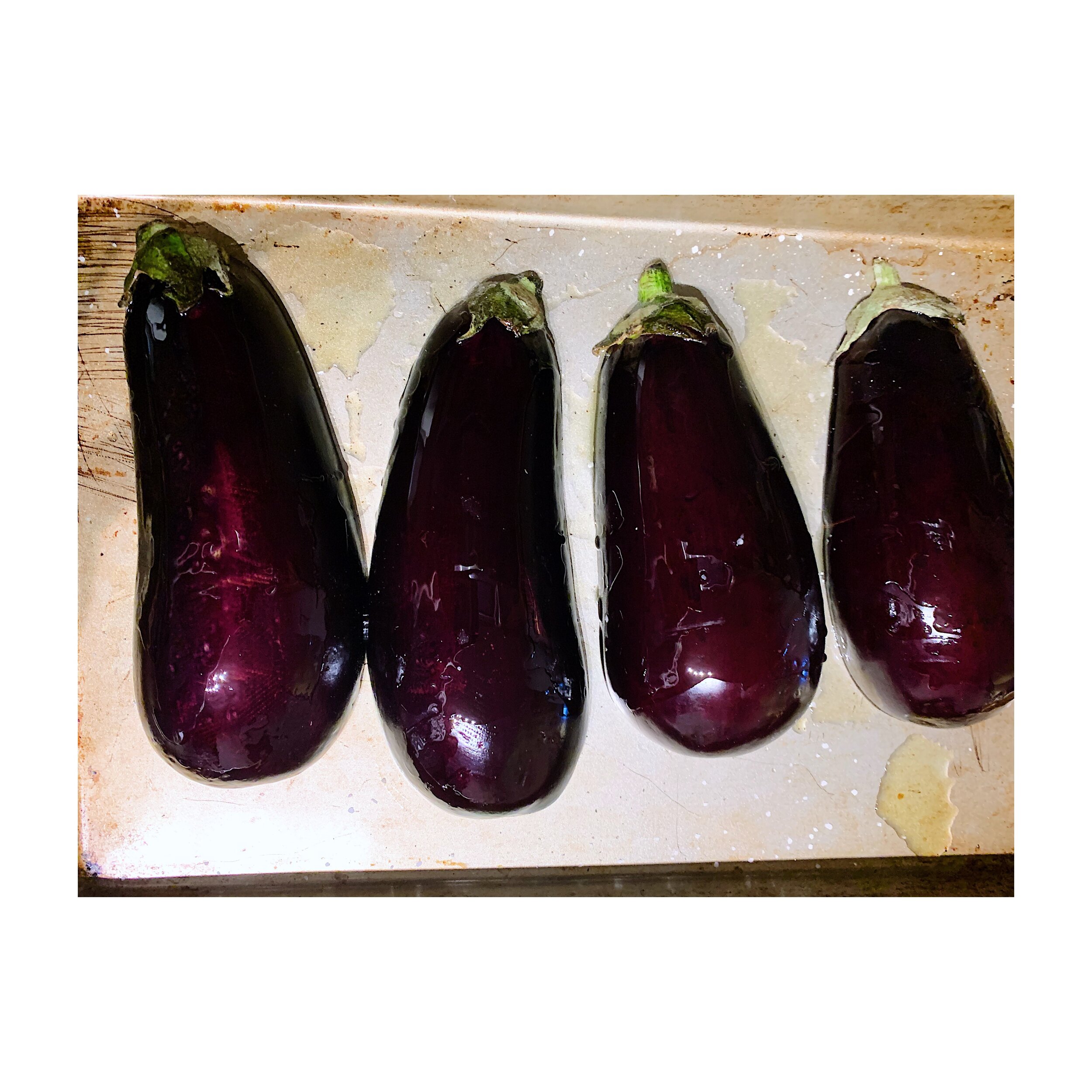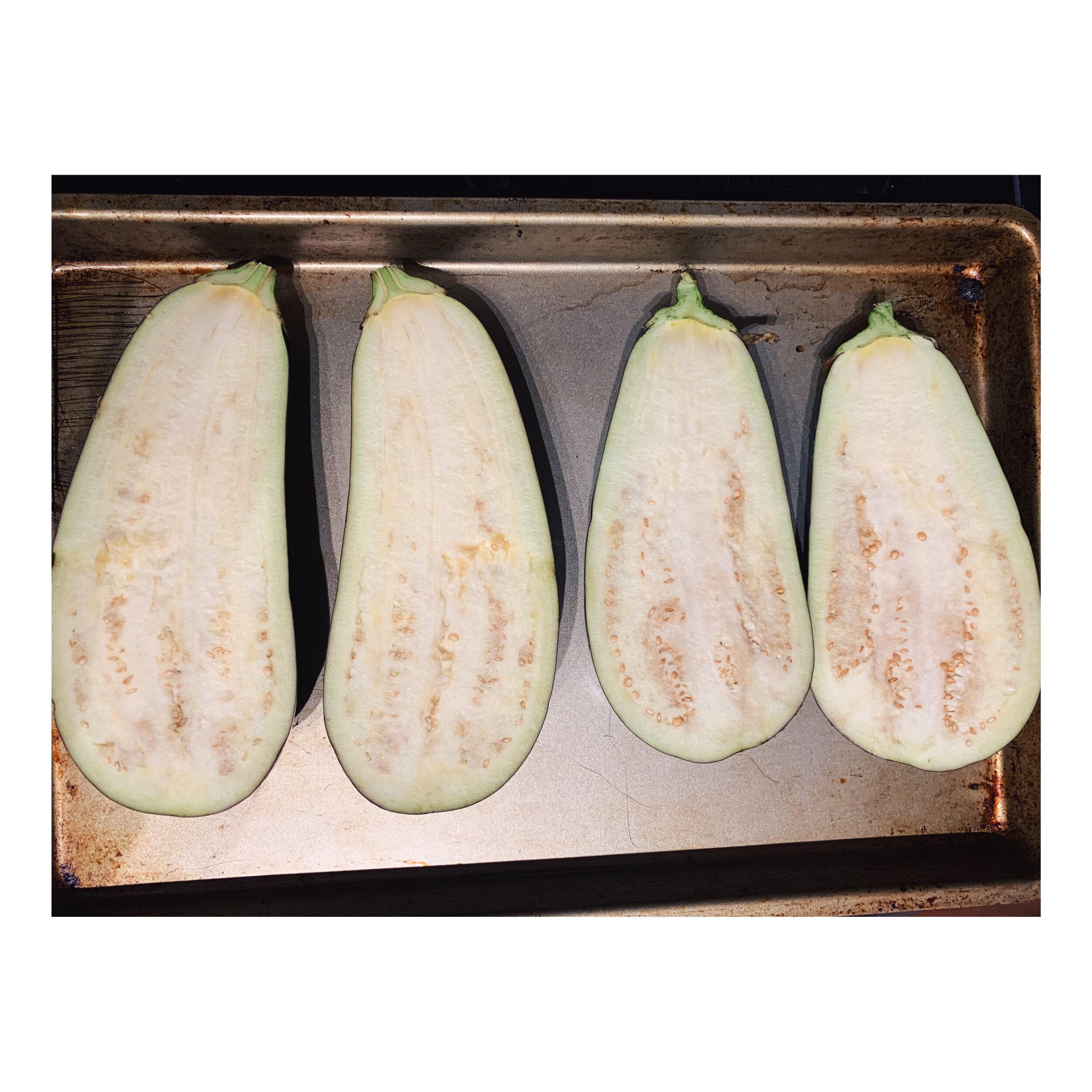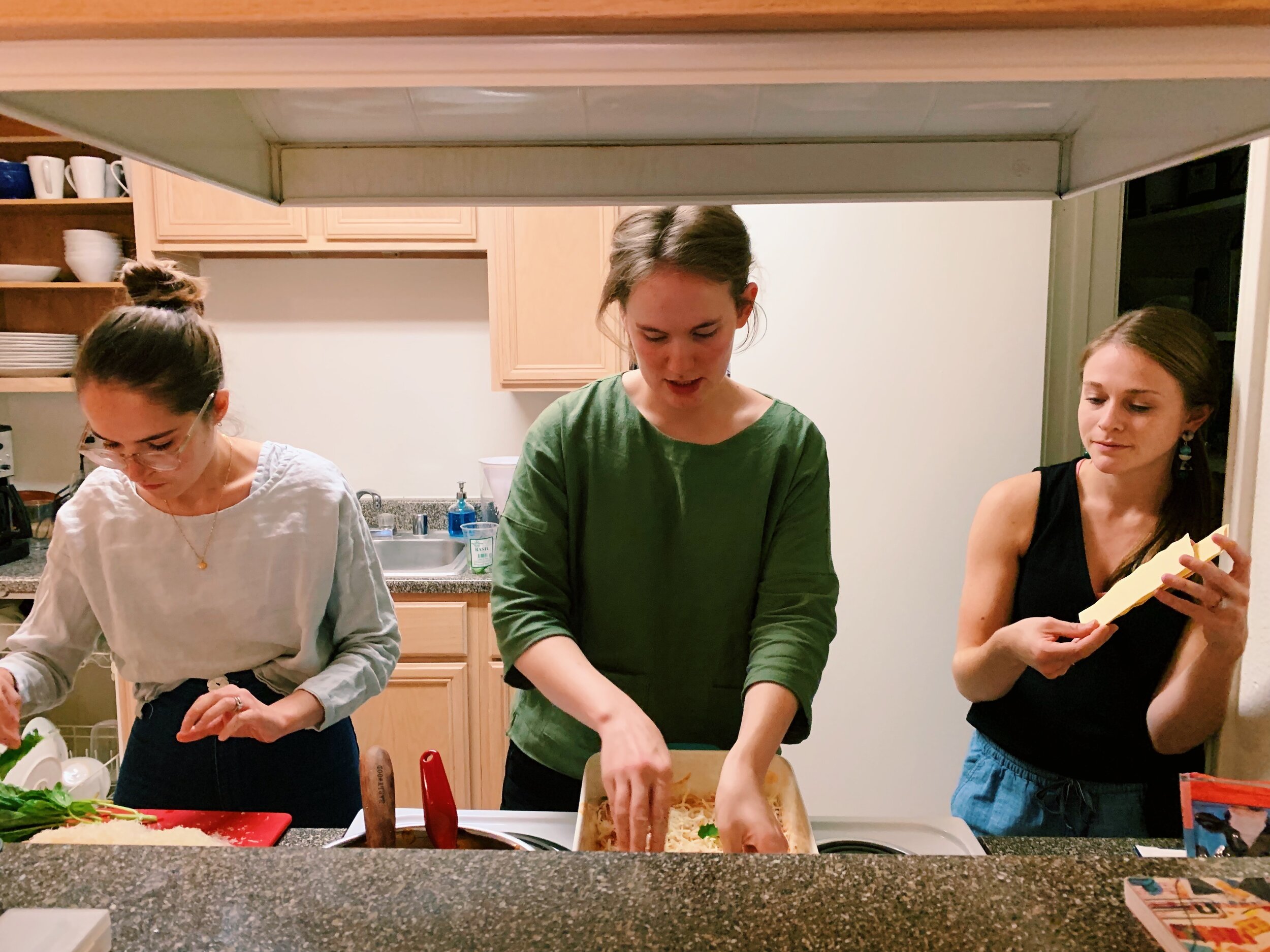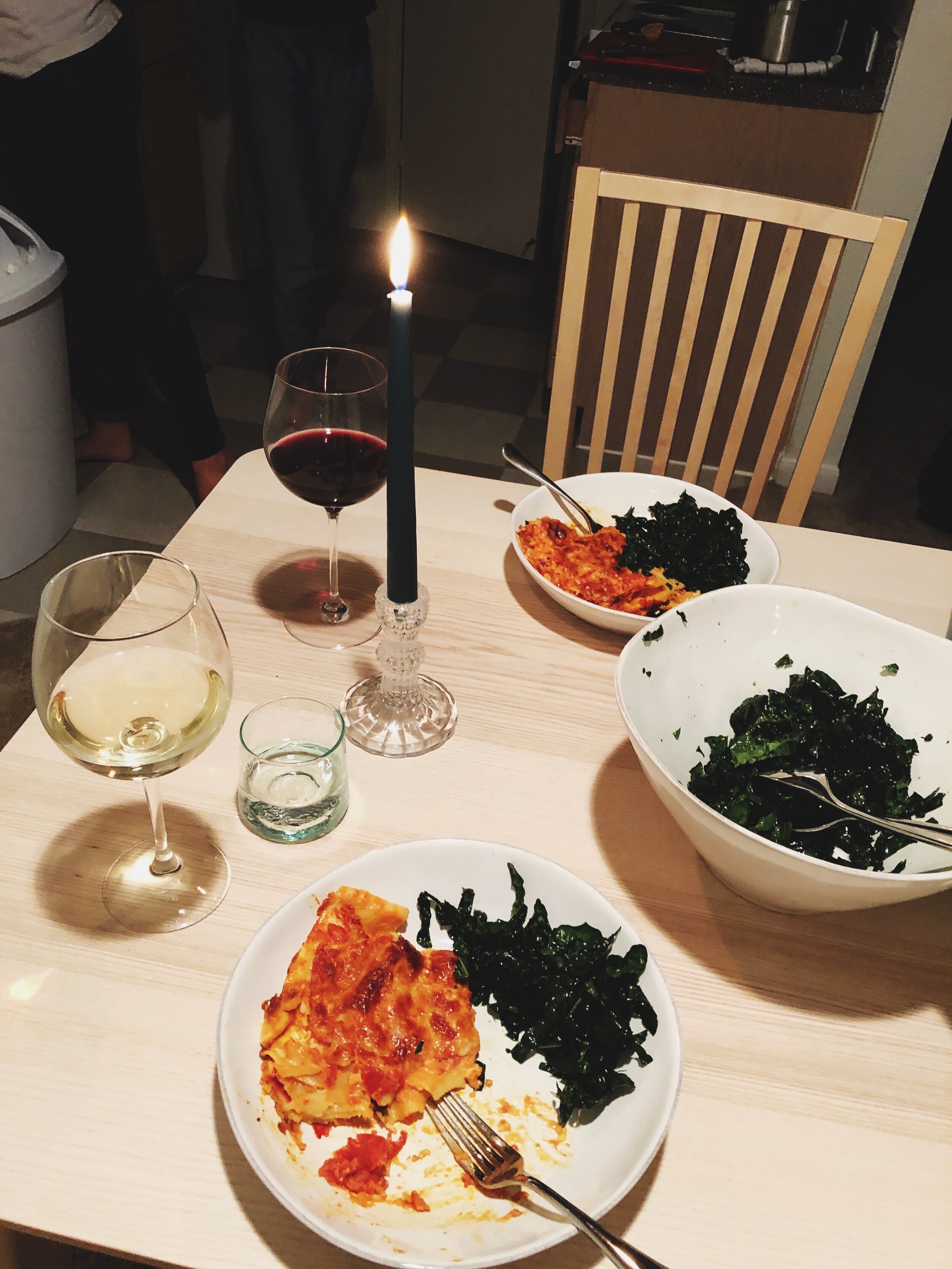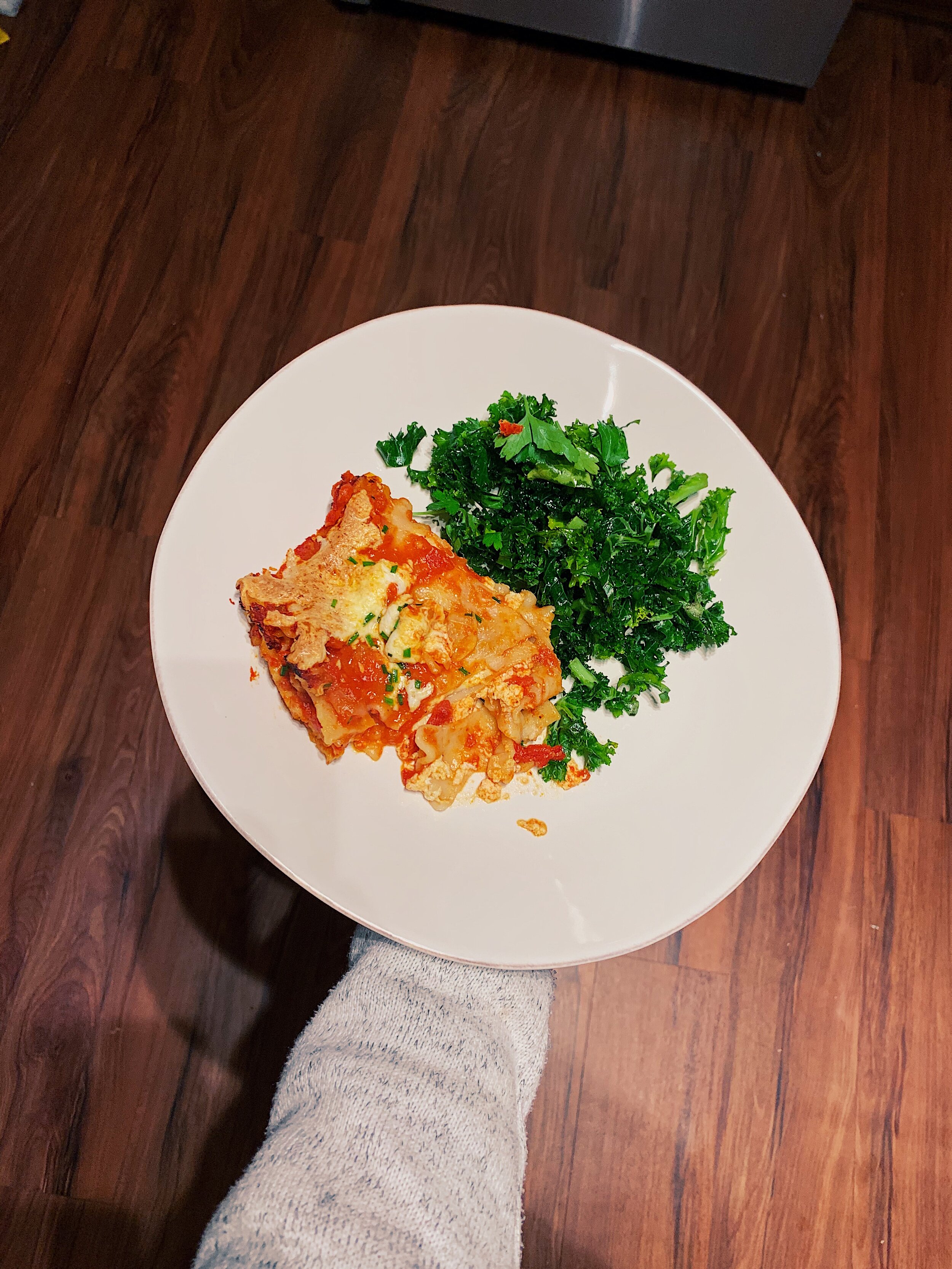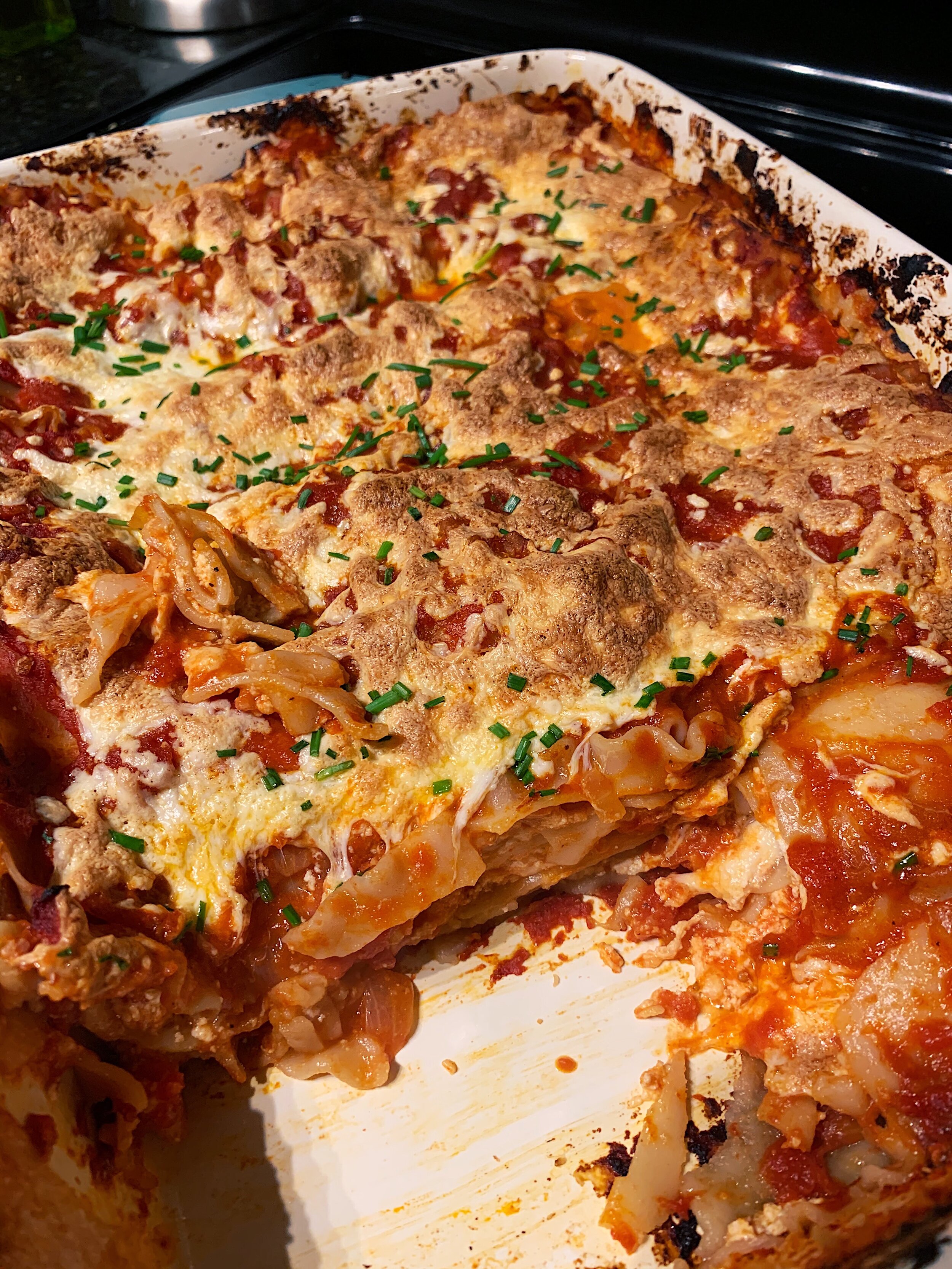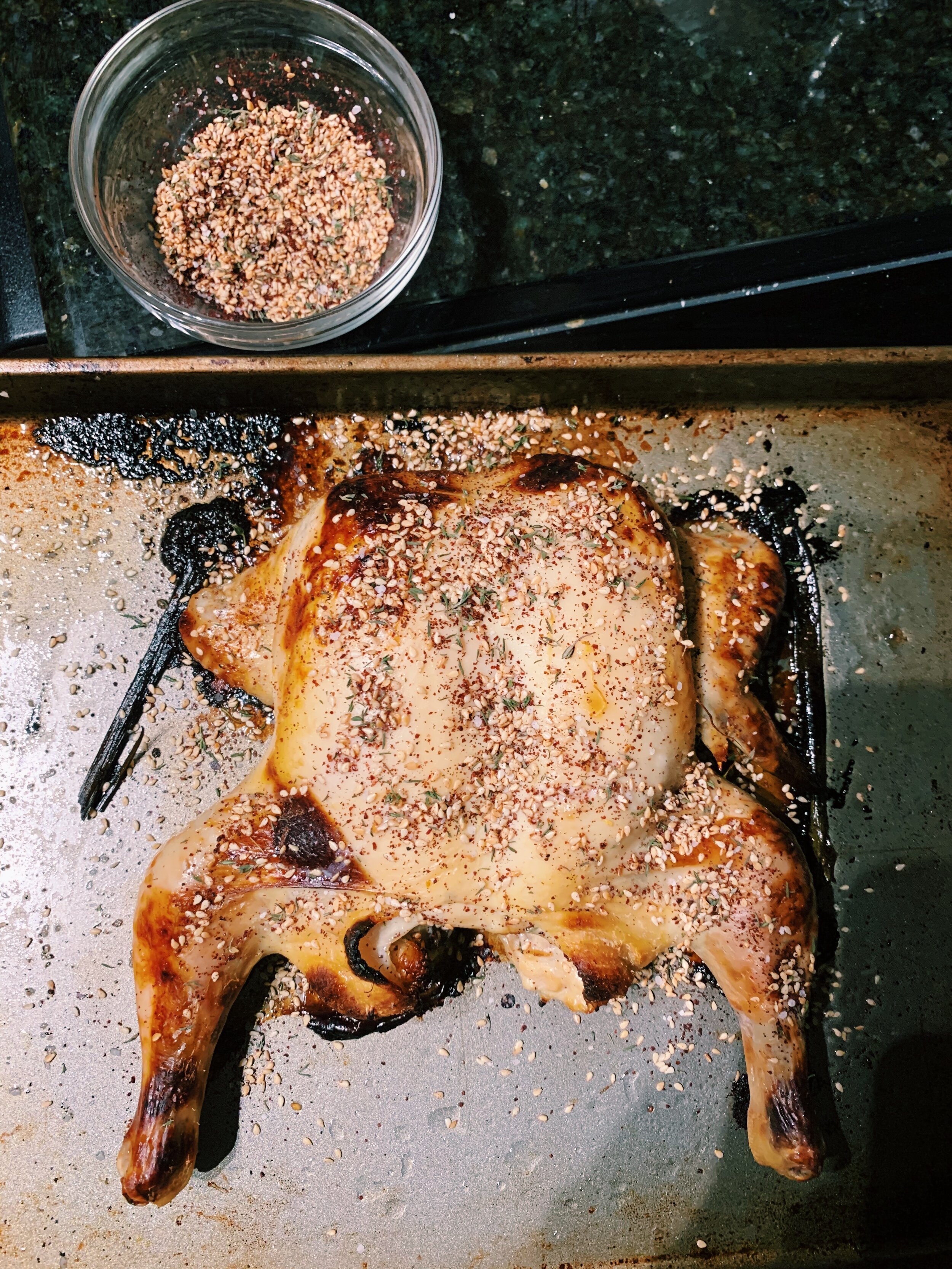Alison Roman is the slightly older, cool girlfriend I wish I had in college.
Allow me to elaborate with a story about lentils. It was a cold, January night, and I was invited to eat dinner at a friend’s college apartment. She was a Senior, I was a Sophomore. I felt very cool as I left my dorm room to skip out on cafeteria food. Shortly after arriving, I learned that we’d be eating lentils. I nodded excitedly, while inwardly racking my brain… I had no idea what lentils were. She would now begin to prepare our meal, she announced with an air of nonchalant authority. Her first step was to chop an onion. How grown-up it all sounded. I wanted to watch her up close. She took a dull bladed knife and began sawing her way through the onion’s middle. Quickly, I began to feel an odd stinging sensation in my eyes. The more I watched her, the more intense the pain became as it spread to my nose and throat. It was a foreign feeling, and it scared me out of my wits. What was happening to me? I began shedding tears. She looked at me and said “The onion’s making you cry. You should go in the other room.” The instruction sounded strange but I didn’t question her. I spent a few minutes in her bedroom as the burning sensation slowly left, all the while asking myself what just happened. That was the first time I ever cried over an onion.
But back to lentils. By the time I emerged from the bedroom, my friend had moved on to sautéing the onion and boiling a pot of lentils on the stove. We chatted a bit as I watched her intensely, trying to appear chill. She drained the lentils over the sink and poured them into the pan full of onions. After just a few minutes of pushing them around, with a few added dashes of salt, our dinner was ready. I didn’t know what to expect. I especially didn’t expect I’d be eating a bowl of practically flavorless, mushy green pebbles. For a brief moment, I wished to be eating rubbery pork tenderloin and green beans in the cafeteria. But then I figured that this was a good growth opportunity for me. I had to learn what real adults cooked eventually. I’d be there soon myself... For the next few years, this was my impression of lentils - soft, flavorless pellets, destined for a melancholy meal.
That friend didn’t know what the heck she was doing with lentils. Maybe I should chalk it up to a lack of experience, and she’s learned better by now. Alison Roman, on the other hand. Now there’s a friend I wish I had in college. She knows quite well what to do with lentils…
To hell with only a white onion and salt alone. Give me shallots, garlic, and burst cherry tomatoes! Give me a pool of olive oil and black pepper. Give me black lentils instead of green. Give me a hot skillet and time to get the grains all crispy. Give me red onion slices marinated in lime juice and fish sauce. Give me tender parsley. Give me a fried egg and chile oil! THIS, friends, is how to eat lentils.
There’s so much more I could say about lentils. So many more anecdotes, stories, existential questions. Alison has a lot of lentil recipes, so I’ll reserve these for later. Spread the love, so to speak.
Served with Ali Slagle’s Ginger-Lime Chicken.
30 recipes cooked, 195 to go.


